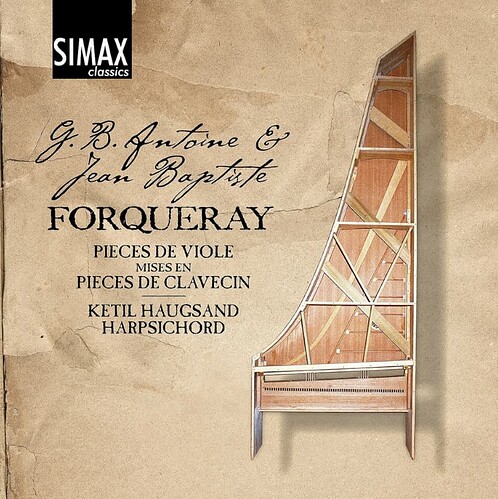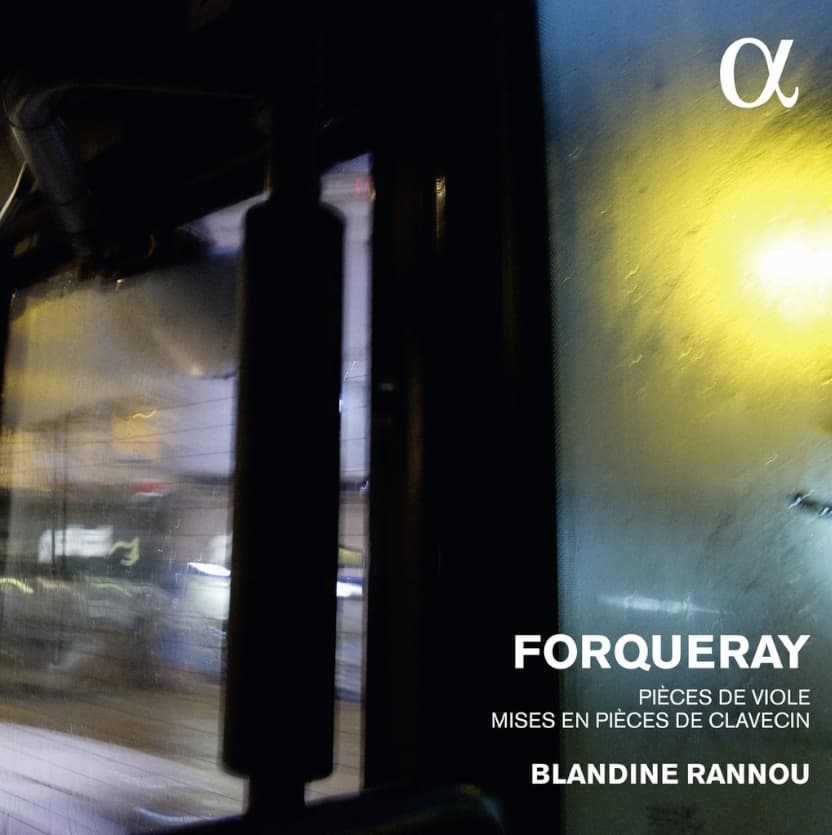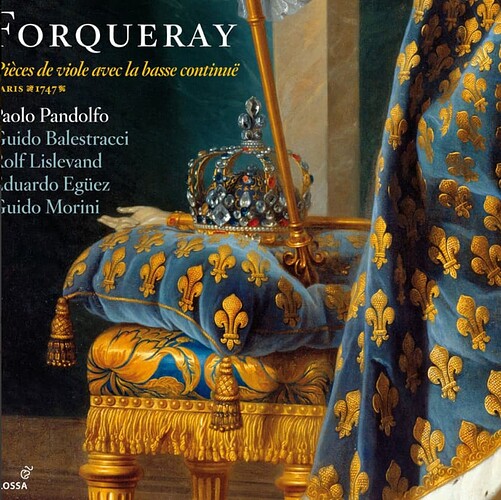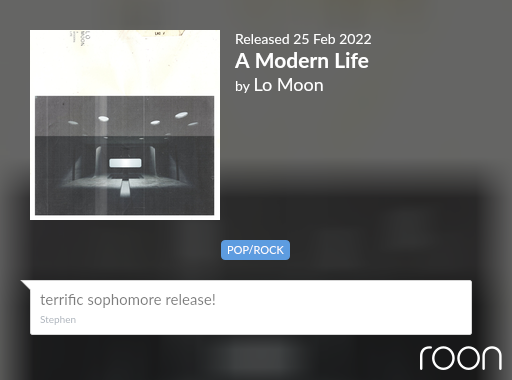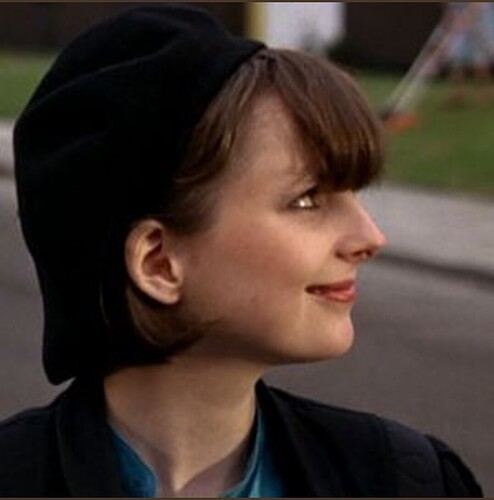In 1747, Jean-Baptiste Forqueray published a collection of suites for harpsichord and attributed the music to his father Antoine who had been dead for just two years. Antoine had been a superb bass viol player, and he apparently had developed extreme jealousy of his son, when after initially giving him classes Jean-Baptiste evidenced great musicianship and talent. The relationship between father and son turned dysfunctional, and today it is still not clear why Jean-Baptiste would publish these excellent works as supposed reworks for harpsichord of viol suites composed by his father.
This question comes to mind because what is near universally accepted these days is that this music in reality had not been composed by Forqueray father, but by Jean-Baptiste himself, possibly with assistance by his first wife who was a well-known keyboard virtuoso. Be this as it may, these suites are amongst the best late-baroque harpsichord music.
I think I must have posted in the past the great interpretation by Blandine Rannou, released in 2007 on Zig-Zag Territoires and reissued in 2008 on Alpha. Besides the album by Rannou, there is another very worthwhile interpretation by the Norwegian harpsichordist Ketil Haugsand, released in 2011 on Simax. One admirable aspect of this recording is that the harpsichord used on the recording has been built by Haugsand himself! The recording, made in a studio setting by Deutschlandfunk Cologne, boasts very fine sound quality indeed!
Jean-Baptiste Forqueray published this material not only as ‘arrangements’ for harpsichord, but also in a supposedly ‘original’ version scored for a lead bass viol and continuo group with another viol and harpsichord or theorbo lute. I like the album released in 1996 by Paolo Pandolfo, Guido Balestracci, Rolf Lislevand and Eduardo Egüez. It’s quite interesting to confront these suites in their version for bass viol with the harpsichord arrangement.
